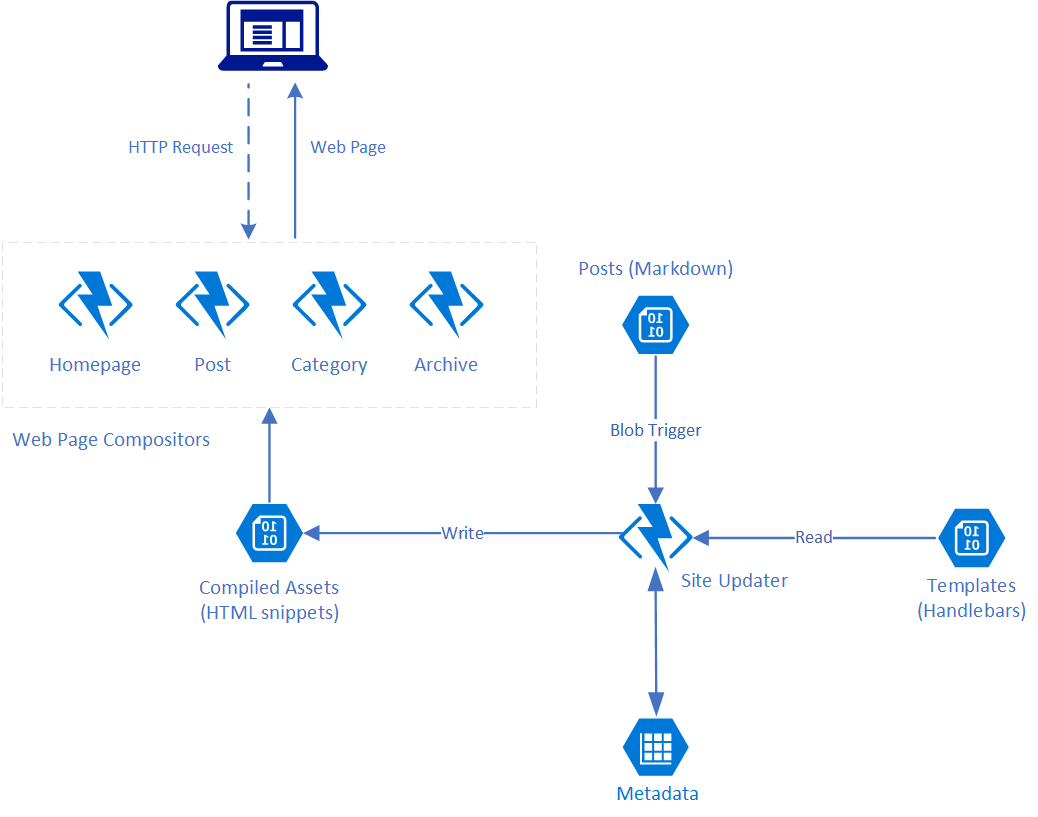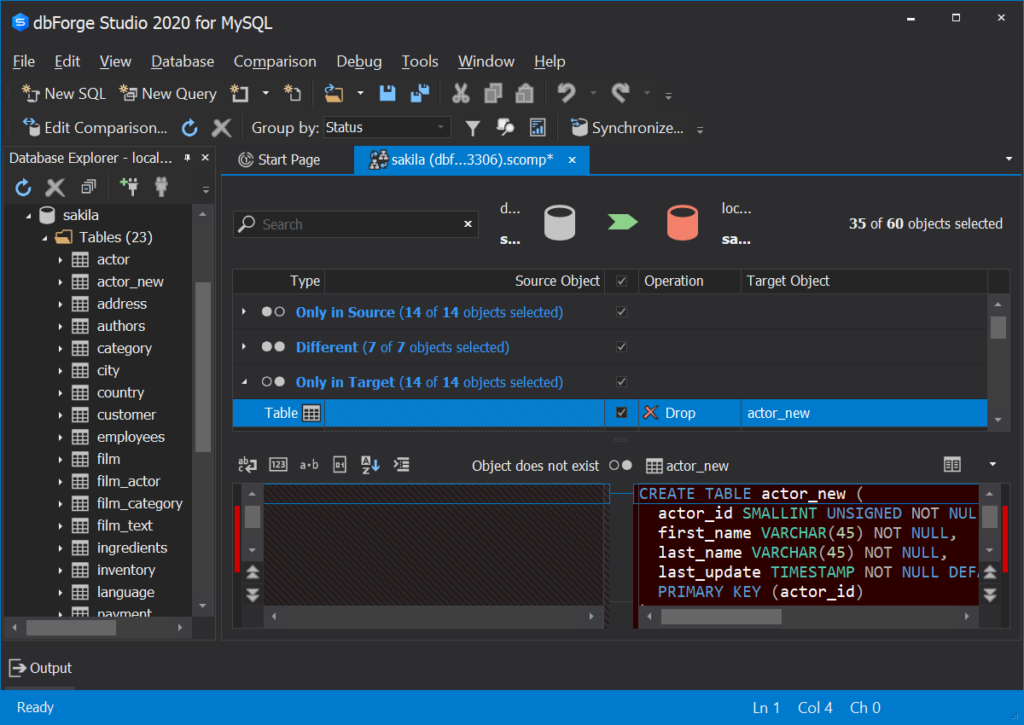

In the Choose objects tab, select the objects to script: Right-click a database, open the Tasks sub-menu -> Generate scripts: In Object Explorer, expand the Databases node These methods are applicable only if there are no dependencies.įor tables, all records have to be stored first, and then drop and recreate a table using the generated script: The easiest scenarios are to use an Alter script for the object or drop the object and recreate it using the object DDL script. Once the different objects are found, synchronize them. Also, the system object structure has to be well known. So, it cannot be used to compare the tables, Customers and tblCustomers, for example. The disadvantage of SQL scripts like this is that it doesn’t compare all object types, it treats object definition only as text and it compares only objects with exactly the same names. What they all have in common is that they use system objects.

There are various SQL scripts with different approaches that can be used to compare database object schemas. To compare and synchronize in any of the scenarios describes above, here is what can be done:Ĭompare the database objects in the production and test databases, using a SQL script such as the following one:įROM TestDB2.
Azure data studio schema compare how to#
How to compare SQL schemas, and more importantly, how to safely synchronize them? What to do if wrong changes were applied to the production database, or if something had gone wrong and ended up with the messed-up production database and the incorrect object schemas in the test database. Synchronizing several objects can be done manually, but applying multiple, complex changes to a live, high transaction database is something that can start an avalanche of problems, if not properly tested and executed. When everything is set up in the test, and runs smoothly and as expected, how can it easily be applied to the production instance? However, that introduces another challenge. If there are enough resources in the environment, there would be at least one testing and one production SQL Server instance. It’s common knowledge that running database changes directly in production, without thorough testing first, should be avoided.


 0 kommentar(er)
0 kommentar(er)
